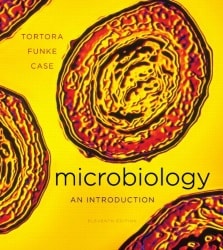Who is responsible for the "magic bullet" theory?
Paul Ehrlich.
Who investigated Penicillin?
Fleming discovered Penicillin in 1928. The first trials of penicillin began in 1940.
Which sources do our antimicrobials come from?
Bacteria: Bacillus and Streptomyces
Fungal: Cephalosporium and Penicillium.
What makes protozoan and helminth diseases more difficult to treat?
These organisms resemble the human cell much more closely than a bacterial cell does. So, a drug that targets these pathogens usually damages the host, too.
Which antibiotics affect a broad range of gram-positive or gram-negative bacteria?
Broad spectrum antibiotics.
Which antimicrobials disrupt cell wall synthesis?
Penicillins, cephalosporins, polypeptide antibiotics, antimycobacterial antibiotics.
Where are natural penicillins extracted from?
Penicillium cultures.
What are the two types of natural penicillin?
Penicillin G (injected) and Penicillin V (oral)
Penicillin G is more often the drug of choice when treating what?
Staphylococci, streptococci, and several spirochetes.
What is the difference between natural penicillin and semisynthetic penicillin?
Natural penicillins are susceptible to penicillinases whereas semisynthetic penicillins are resistant to penicillinases (because they contain chemically added side chains).
Which penicillins are broad spectrum?
Aminopenicillins (ampicillin and amoxicillin)
Carboxypenicillins (carbenicillin and ticarcillin)
Ureidopenicillins (mezlocillin and azlocillin)
What microorganism does the carboxypenicillins have a special advantage against?
Pseudomonas.
What is another name for the disc-diffusion method?
Kirby-Bauer test.
Antimicrobials can have many side effects, which ones tend to have fewer?
Penicillin.
Which antimicrobials are used to treat fungal infections?
Polyenes (Amphotericin B), Azoles, Allylamines (Terbinafine and naftifine).
Which is more virulent, community or hospital acquired MRSA?
Community-acquired.
